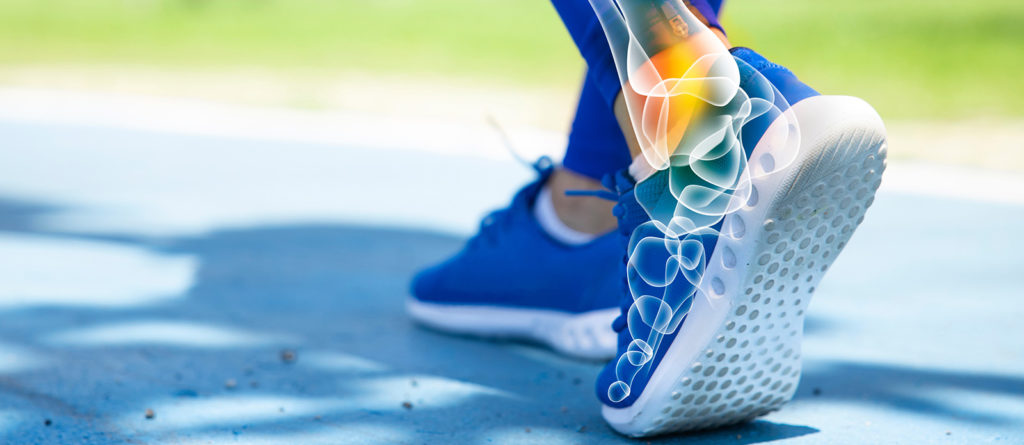With Memorial Day close and warmer weather around the corner, weekend warriors – many of whom have spent winter on the couch – are out in full force. We’ve seen it all, from pickup basketball stars being felled with twisted ankles to amateur landscapers breaking a foot after slipping in a six-inch hole in their yard. I’d like to offer four recommendations that I hope will keep you out of my practice this summer
- Make sure you’re wearing supportive shoes. Often, injuries can be avoided if your sneakers are supportive with a thick sole. It’s not out of the ordinary to buy new sneakers every six-to-eight months. That’s especially the case if you’re active daily. New shoes will help fight off injuries such as stress fractures and tendinitis. Also, wearing basketball sneakers will help support ankles on the court. It also makes sense to wear arch support in your shoes, but I’m wary of inserts that are cushioned. You’re much better off with custom orthotics.
- CAUTION when wearing flip-flops. Alright, wearing flip-flops around the pool or on the beach is fine. However, if you suddenly find yourself throwing a football in the backyard or kicking a soccer ball, take off the flip-flops and put on a pair of sneakers. Flip flops might be cool, but they offer no support and lead to slipping and sliding in wet conditions. Wearing flip-flops while playing sports quickly leads to ankle and foot injuries.
- Warm-up properly before participating in sports. After being locked up throughout the winter months, most of us want to get outside and immediately jump into sporting activities, landscaping, hiking, or going on long walks. All of those activities are healthy and important. But it’s key to gradually ramp up exercise in order to avoid injuries. Just as important: Go through light stretching exercises before turning up the heat. Your tendons, muscles, and ligaments with thank you.
- Ankle and knee braces help. An ankle brace can help with the risk of sprains or instability when running through tough terrains or hiking. Knee braces also make a difference, especially if you’ve suffered ligament or cartilage strains or tears in the past. Know where your body’s weak spots are and give them extra support.
- Avoid overuse. You’re not a professional athlete. Don’t put in the hours as if you are one! Pace yourself. Be sensible and give yourself breaks. Allow for the proper time to recover! Overdoing it will put a strain on your body and will lead to injuries.
I hope these tips help you stay healthy through the summer. But if you’re injured, reach out to us. We are here to help.
Adam Bitterman, DO, FAAOS, is the chair of orthopedic surgery at Northwell’s Huntington Hospital.

